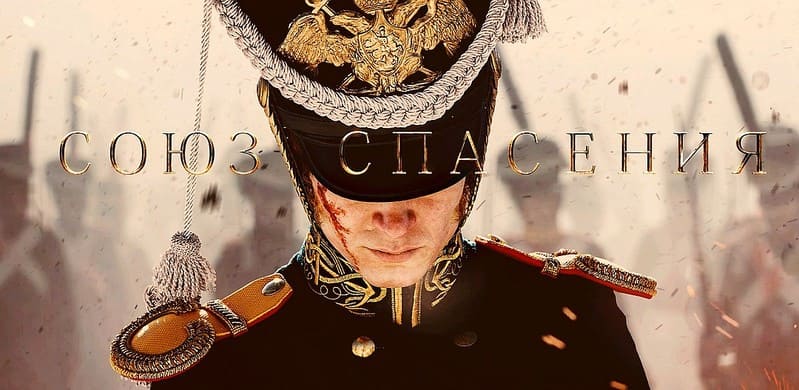quebec-oui.org – “Union of Salvation” is a 2019 Russian historical drama directed by Andrey Kravchuk. The film offers an in-depth portrayal of the Decembrist revolt, a significant yet often overlooked event in Russian history. Released on December 26, 2019, this epic captures the spirit of the early 19th-century Russian Empire, focusing on the young officers who dared to challenge the autocratic rule. This article explores the film’s narrative, historical context, and its contribution to contemporary Russian cinema.
Plot Overview
Setting and Characters
Set in the aftermath of the Napoleonic Wars, “Union of Salvation” centers around a group of Russian Imperial Guard officers. These veterans, disillusioned by the state of their homeland, conspire to overthrow the Tsarist regime and install a constitutional monarchy. Their leader is Prince Sergey Trubetskoy, portrayed with depth and conviction, who grapples with the moral and ethical implications of their rebellion.
Narrative Arc
The film builds towards the Decembrist revolt of December 1825, where approximately 3,000 soldiers and officers refused to swear allegiance to the new Tsar, Nicholas I. Through meticulous storytelling, the film highlights the idealism and internal conflicts of its characters, painting a vivid picture of their motivations and struggles. The film also explores the tragic outcomes of their failed uprising, which led to severe repercussions for the conspirators.
Historical Context
The Decembrist Revolt
The Decembrist revolt was one of the first organized attempts to challenge autocratic rule in Russia. Inspired by the liberal ideas they encountered in Europe, the Decembrists sought political reform and greater freedoms. Despite their failure, the revolt is seen as a precursor to later revolutionary movements in Russia.
Depiction of Historical Events
“Union of Salvation” strives for historical accuracy, presenting a detailed and nuanced portrayal of the events leading to the revolt. The film’s extensive use of period-appropriate settings and costumes helps transport viewers to the early 19th century, offering an immersive historical experience.
Cinematic Techniques
Visual and Audio Elements
The film is noted for its grandiose cinematography, capturing the vast landscapes and opulent interiors of imperial Russia. The use of sweeping camera movements and a powerful score enhances the epic scale of the narrative, drawing viewers into the emotional and political turmoil of the era.
Character Development
Strong performances from the ensemble cast add depth to the film’s portrayal of historical figures. The characters are depicted with complexity, highlighting their personal dilemmas and the weight of their decisions. This focus on character allows the film to resonate on a human level, beyond its historical scope.
Impact and Reception
“Union of Salvation” received mixed reviews, with praise for its production quality and historical ambition, but some criticism for its pacing and narrative focus. Despite this, the film has sparked renewed interest in the Decembrist movement, contributing to discussions about Russia’s historical path and cultural legacy.
Conclusion
“Union of Salvation” stands as a significant cinematic exploration of a pivotal moment in Russian history. By bringing the story of the Decembrists to the screen, the film honors their legacy and invites audiences to reflect on the enduring themes of freedom, justice, and sacrifice. As a historical drama, it enriches the tapestry of Russian cinema and offers viewers a captivating glimpse into the past.
